It might sound cliché at this point, but Irish agriculture is really unique. There really are very few countries that can compare themselves to our farming systems of largely grass-based forage diets. The UK and New Zealand are probably our closest rivals, but few UK farms have the growing capacity of Irish soils, while irrigation and urea drive a lot of the growth seen in New Zealand. But if we look at these three countries from an animal housing point of view, they vary even more.
Irish systems for beef and dairy cattle are largely based off slatted accommodation and cubicles, while the UK has very few slatted beef units, with straw bedding far more commonplace.
New Zealand are still for the most part outwintering their livestock, though for how much longer this will be allowed to continue is the question.
So which system is best? Outwintering on a large scale has its obvious drawbacks, with poaching and nutrient leaching, as well as a possible reduced animal welfare.
The beauty of the slatted tank is in the low labour involved, with no bedding, and a tank of slurry having to be mixed and spread only once or twice a year.
Slatted tanks and slurry, for all the flak they get, are one of the main improvements seen on farm for water quality.
Taking animals off the land during periods of wet weather (winter time) and storing the nutrients in a sealed, safe tank for spreading when grass or crop growing conditions and nutrient uptake is optimal, is a huge win-win for both efficient nutrient recycling and water quality.
But what about straw bedding?
Then there’s the UK system, perhaps more similar to what we saw in Ireland 40 plus years ago, where cattle were bedded on straw and that dung then spread on to tillage ground. UK farms are often multi-enterprise, or possessing more links between livestock and tillage, while Irish farms have a more concentrated tillage area. While specialising in either livestock or tillage has its advantages, it also has its disadvantages.
Is straw bedding for livestock a better option? From an animal welfare point of view, it likely is. But even with the relatively small volume of straw our livestock industry needs, this year’s mix of a poor harvest and tillage farmers turning on the chopper will likely lead to low supply.
Tillage farmers shouldn’t be vilified for chopping straw either, it’s a headache (especially in wet years like this), and if it’s not sold off the field it can take up valuable shed space. There is also the nutrient gain from chopping straw to be considered.
A far better option for both livestock and tillage farmers would be to strike a deal for a reduced straw price in exchange for dung provided back to the tillage farm.
While this won’t be available to all, especially to those west of the Shannon, due to logistics, it’s an option that needs to be explored where possible.
A happy medium for animal housing on slats is rubber matting. Great work has been completed in Teagasc Grange by researchers such as Cathy McGettigan on the benefits of slats for both increased weight gain and animal welfare.
With all the newly added items to TAMS 3, its hard to see how a grant for rubber matting was omitted.




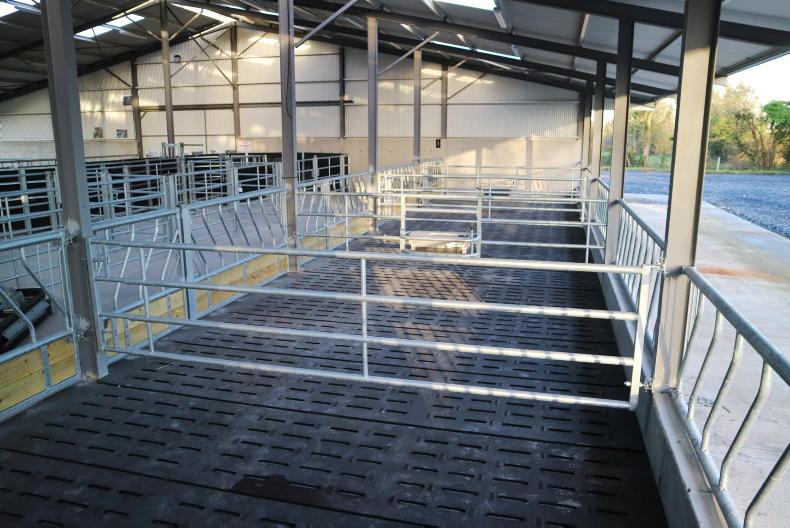
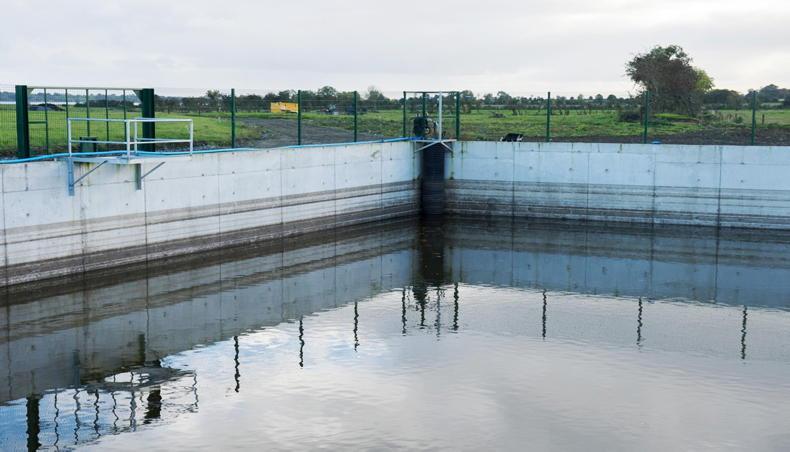

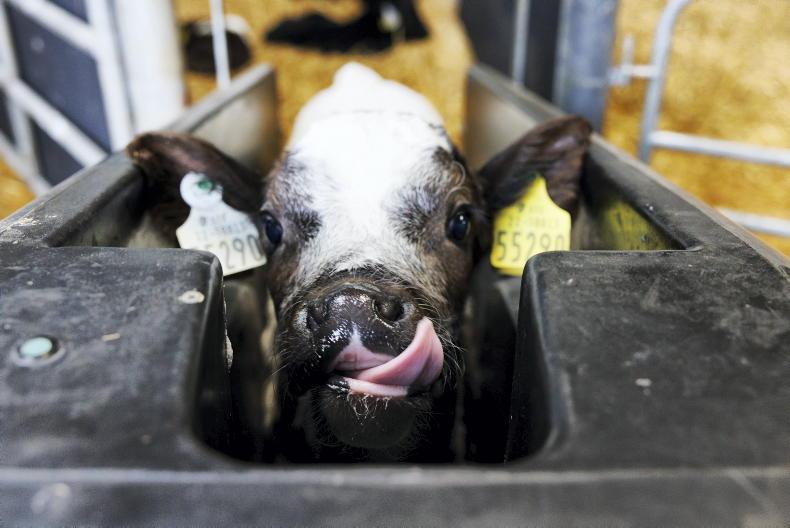
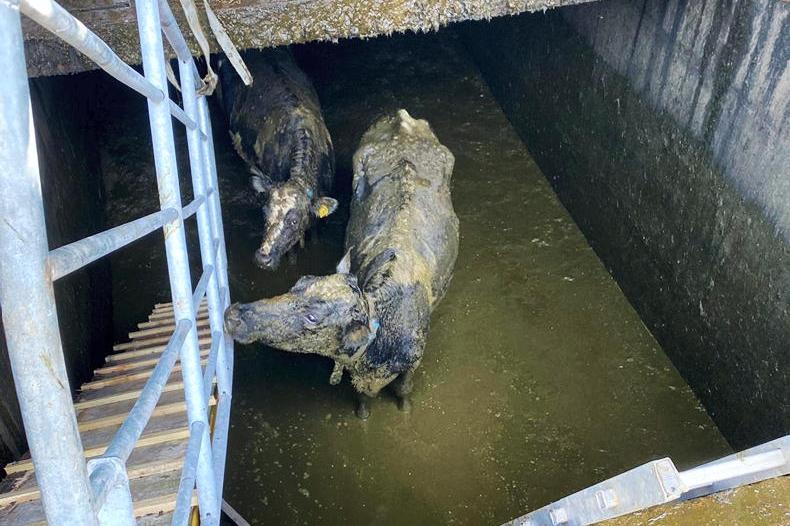
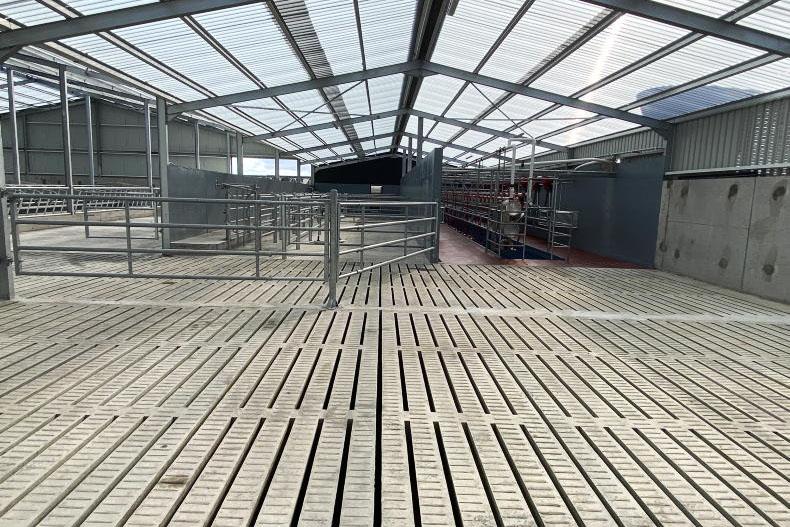
SHARING OPTIONS